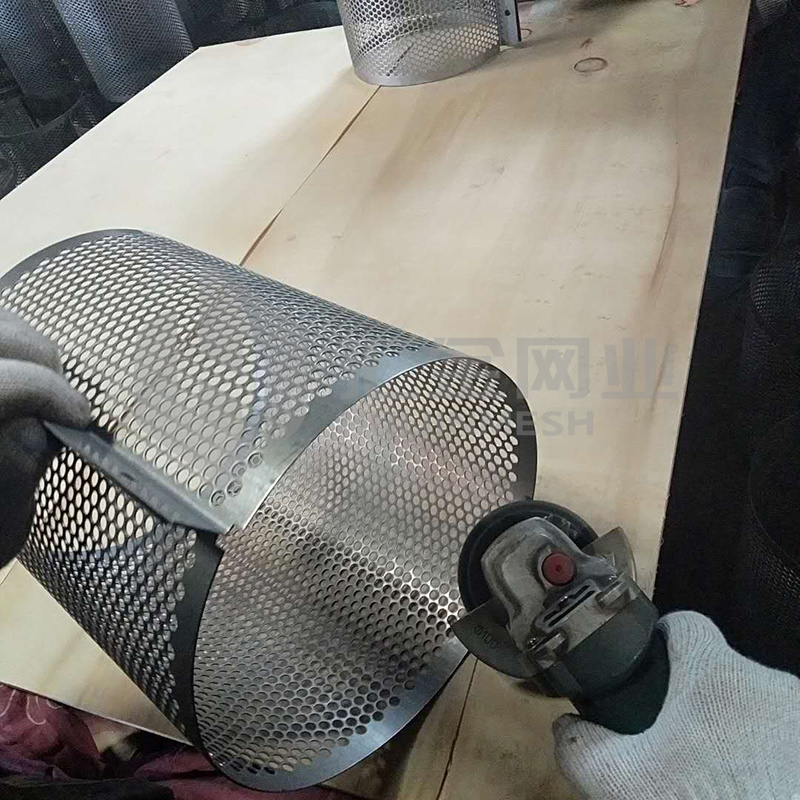
Exploring the Excellence of Quality Perforated Metal in Architectural Design
Aug 06,2025
Quality perforated metal has emerged as a popular choice in the building and decorative materials industry, particularly in architectural applications. Characterized by its unique ability to combine durability with design flexibility, this material consists of sheets of metal with various sizes and patterns of holes punched into them. The resulting product offers a myriad of benefits that cater to both practical needs and aesthetic preferences.
One of the most significant advantages of quality perforated metal is its versatility. Architects and designers utilize it in a wide array of applications, ranging from facades and sunscreens to interior screens and decorative elements. The ability to customize hole sizes, patterns, and sheet dimensions allows for endless design possibilities. This adaptability makes perforated metal an ideal choice for contemporary and innovative architectural projects.
In addition to its visual appeal, quality perforated metal also serves functional purposes. The perforations allow for air and light to pass through while maintaining structural integrity. This feature is particularly beneficial in building facades, where ventilation is crucial for energy efficiency and occupant comfort. Moreover, perforated metal can help reduce heat buildup and glare, enhancing the interior environment of buildings.
Another key benefit is the durability of quality perforated metal. Made from various types of metals, such as aluminum, stainless steel, and carbon steel, it is resistant to corrosion and wear. This durability ensures a long lifespan for architectural installations, reducing the need for frequent replacements and maintenance. Additionally, the material can be treated with various finishes to enhance its resistance to environmental factors, further extending its life.
Sustainability is becoming increasingly important in construction and design. Perforated metal aligns well with this trend, as it can be created from recycled materials and is fully recyclable at the end of its life cycle. Using quality perforated metal in projects not only showcases a commitment to sustainability but also contributes to the overall efficiency of the building.
Furthermore, the visual effects created by quality perforated metal are noteworthy. The interplay of light and shadow through the perforations can create captivating patterns and textures on surfaces. This quality allows architects and designers to create stunning focal points that draw the eye, adding depth and interest to both interiors and exteriors.
In conclusion, quality perforated metal stands out as a multifunctional material in the architectural and decorative materials industry. Its combination of aesthetic versatility, functional benefits, durability, and sustainability makes it an excellent choice for a wide range of applications. Whether for modern buildings or artistic installations, the unique characteristics of perforated metal pave the way for innovative design solutions that enhance both form and function.
One of the most significant advantages of quality perforated metal is its versatility. Architects and designers utilize it in a wide array of applications, ranging from facades and sunscreens to interior screens and decorative elements. The ability to customize hole sizes, patterns, and sheet dimensions allows for endless design possibilities. This adaptability makes perforated metal an ideal choice for contemporary and innovative architectural projects.
In addition to its visual appeal, quality perforated metal also serves functional purposes. The perforations allow for air and light to pass through while maintaining structural integrity. This feature is particularly beneficial in building facades, where ventilation is crucial for energy efficiency and occupant comfort. Moreover, perforated metal can help reduce heat buildup and glare, enhancing the interior environment of buildings.
Another key benefit is the durability of quality perforated metal. Made from various types of metals, such as aluminum, stainless steel, and carbon steel, it is resistant to corrosion and wear. This durability ensures a long lifespan for architectural installations, reducing the need for frequent replacements and maintenance. Additionally, the material can be treated with various finishes to enhance its resistance to environmental factors, further extending its life.
Sustainability is becoming increasingly important in construction and design. Perforated metal aligns well with this trend, as it can be created from recycled materials and is fully recyclable at the end of its life cycle. Using quality perforated metal in projects not only showcases a commitment to sustainability but also contributes to the overall efficiency of the building.
Furthermore, the visual effects created by quality perforated metal are noteworthy. The interplay of light and shadow through the perforations can create captivating patterns and textures on surfaces. This quality allows architects and designers to create stunning focal points that draw the eye, adding depth and interest to both interiors and exteriors.
In conclusion, quality perforated metal stands out as a multifunctional material in the architectural and decorative materials industry. Its combination of aesthetic versatility, functional benefits, durability, and sustainability makes it an excellent choice for a wide range of applications. Whether for modern buildings or artistic installations, the unique characteristics of perforated metal pave the way for innovative design solutions that enhance both form and function.






